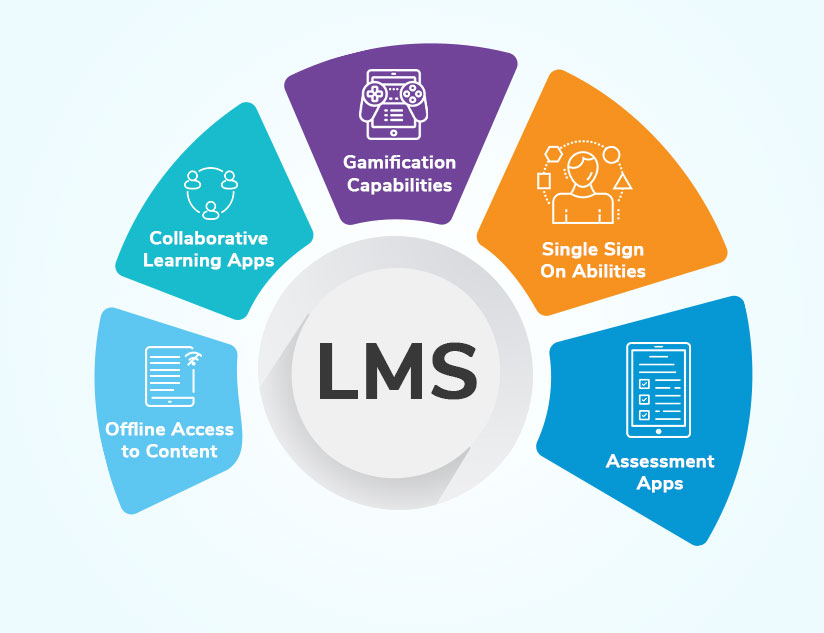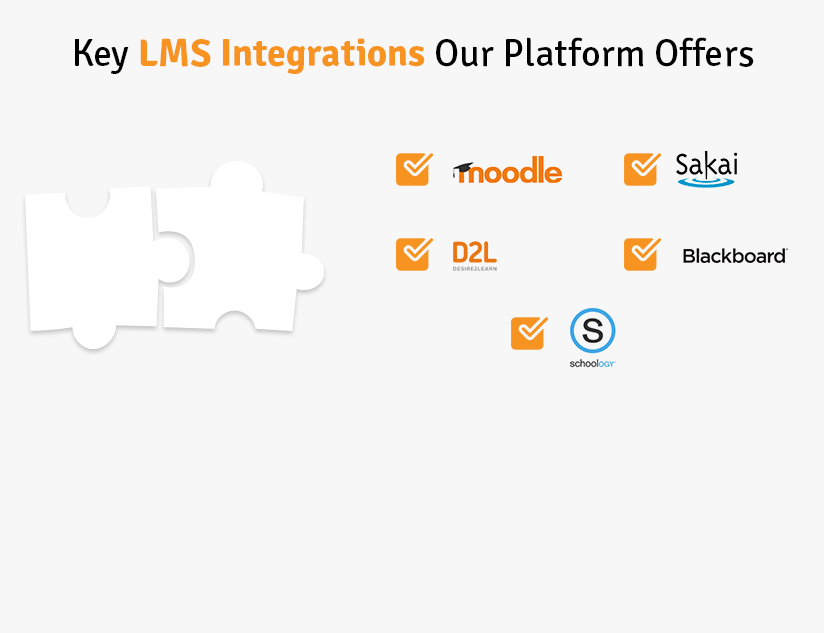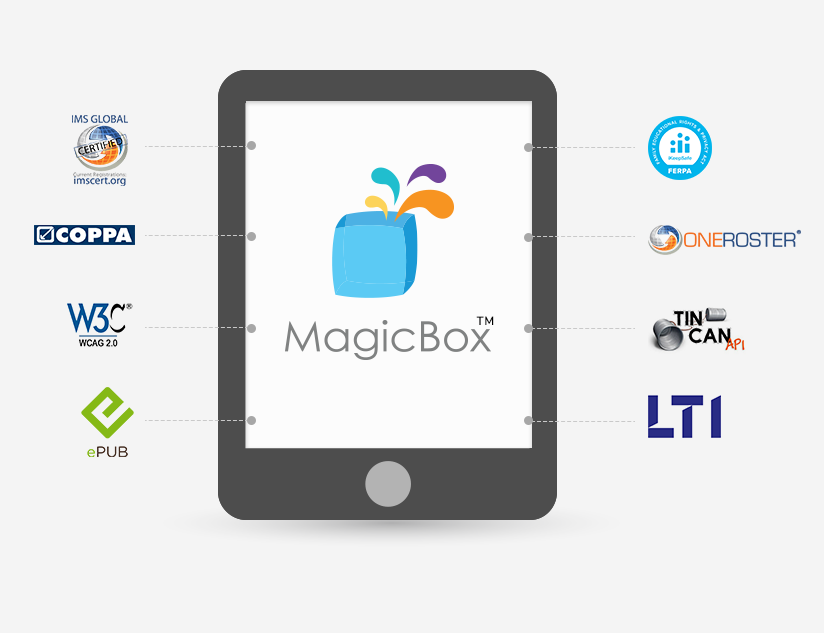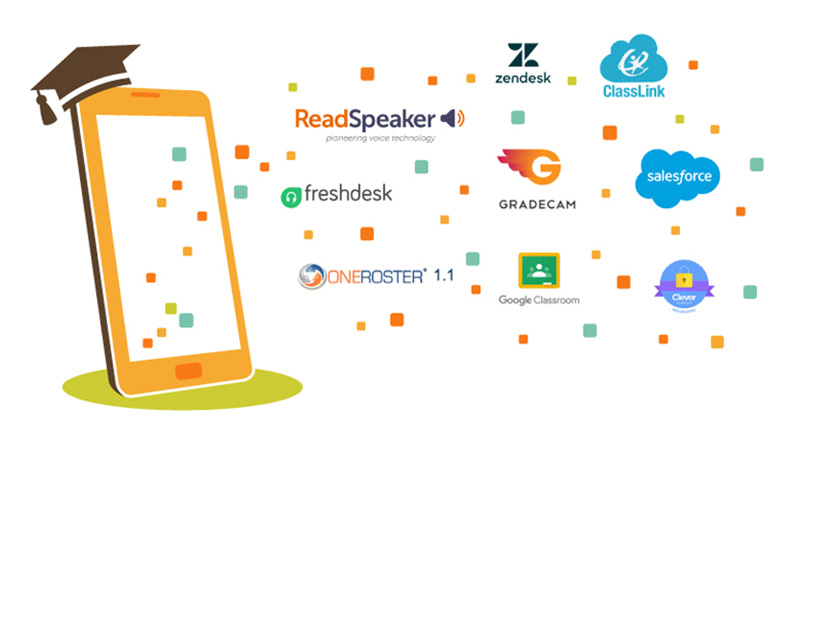Leveraging The Power Of Integrations To Facilitate Digital Learning
September 14th, 2022
Successful technology integration is much more than just being able to use digital tools in the classroom. It must be seamless and thoughtful to ensure enhanced learning experiences and outcomes. Technology integration has the power to change classroom dynamics while promoting student-centric learning.
The rapidly evolving digital learning landscape has given rise to several high-quality web-based applications. These applications could be as simple as general communication tools for teachers and students and as complex as domain-specific learning engines powered by machine learning.
A powerful learning platform can offer access to a wide range of EdTech applications if it allows effortless integrations and easy navigating through apps with a single sign-on.
Take a look at how technology integration in education facilitates learning.
1. SSO Offers Streamlined Access to Multiple Applications
Single sign-on (SSO) is one of the best integration features for EdTech apps. It allows learners to switch easily between third-party apps without needing to go through the authentication process of multiple platforms. With SSO, they simply need to sign on to their learning platform to access all the apps available to them.
SSO increases the likelihood of teachers and students using various EdTech apps to ease education. Research shows that strict password rules can cause an 18.75% checkout abandonment rate among users as they try to sign in. But, SSO ensures that users never have to worry about creating, memorizing, or managing multiple applications’ passwords or resetting them when they forget.
2. Single Unified Platforms Help with Effective Assessment
Digital learning platforms that seamlessly integrate with different LMSs allow teachers to disseminate content, conduct online assessments quickly, and access detailed reports to track individual student progress. Technology-enabled assessments have revolutionized the evaluation process. They can be easily embedded within digital learning materials and help reduce interruptions to learning time.
Such assessments also support learning and teaching by communicating details of learning progress and providing insights to teachers, parents, and students. Students can track their progress in real-time through each assessment and seek help from the right learning resources to improve and complete their work.
Additionally, these assessments offer helpful features for teachers. Teachers can significantly reduce their workload using digital grading, record-keeping, and feedback tools when integrated with multiple assessment platforms. It eliminates the tedious administrative work that usually consumes a lot of their time when working in traditional classroom settings.
Another advantage of integrating digital learning solutions is that it allows teachers to create, personalize, and download reports that offer crucial insights into student progress, work completion, group-learning targets, etc. These insights help in identifying the strengths of each student as well as their areas of improvement. By collaborating with students, teachers can help weaker students overcome these barriers in their learning journeys and stay at par with the rest of the class.
3. Access to Multiple Learning Applications While Creating a Safer Learning Experience
When everything is streamlined onto a single platform, it not only improves productivity and saves time and costs but also enhances the overall educational experience. It makes the learning journey much easier and more satisfying for students and teachers.
However, the integration of apps is not just about convenience. It is also about protecting the students at each step. Almost every country has safeguards in place to protect student information online. For instance, the USA has FERPA and COPPA, while the EU has GDPR. So, it is important to use a learning platform that offers compliant integrations to ensure student safety. Relying on trustworthy partners for SSO ensures compliance without compromising students’ learning experience.
Another crucial advantage of using a single unified digital platform is that it helps publishers, educational institutions, and teachers with content creation, distribution, and digital rights protection. It also ensures that content creators have complete control over their content, including
- Prevention of copying, screen-grabbing, and other means of content piracy.
- Offering limited-time access through user-based access codes.
- Offering device-based or domain-based subscription models.
- Managing all licenses and subscriptions from a single dashboard to ease the deployment of apps.
4. Reduce Ambiguity & Inefficiency while Using Multiple Platforms
Everyone involved in the education industry knows the importance of interconnectedness between students and learning resources. A learning platform that supports the integration of various apps and features helps students and teachers work better together and improves their overall productivity.
For instance, integrating different types of Content Management Software with an institution’s internal software simplifies the process of disseminating education and conducting student assessments. It also helps examine the efficacy of various types of content and eliminates any inefficiency in the learning path.
MagicSync is an all-in-one Compliance and Integration Platform that can put all your integration and deployment problems to rest. With easy third-party integrations, it offers a smooth and seamless experience for the users. Contact us to know more.












